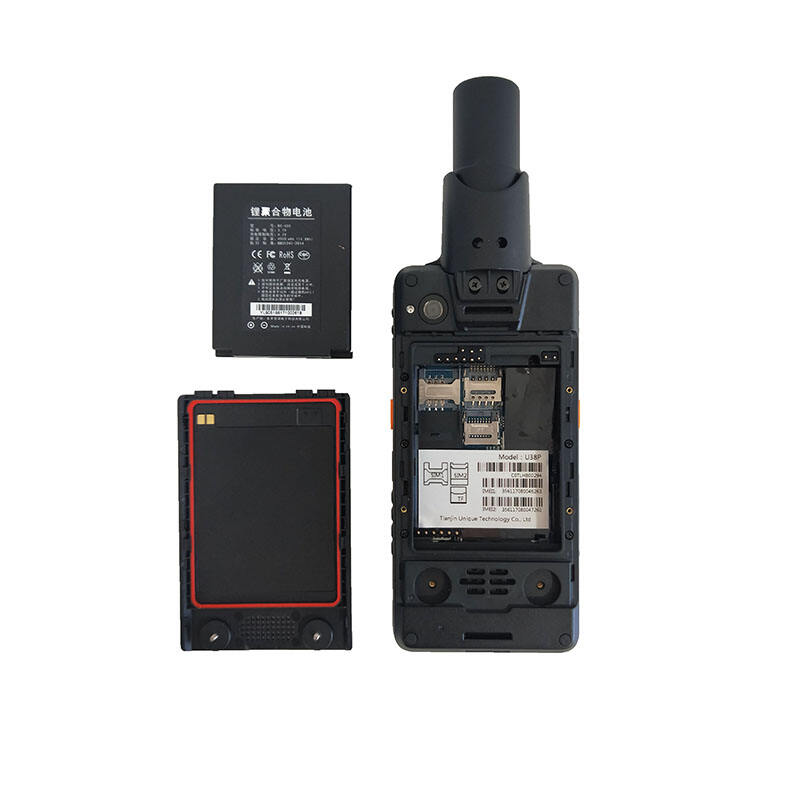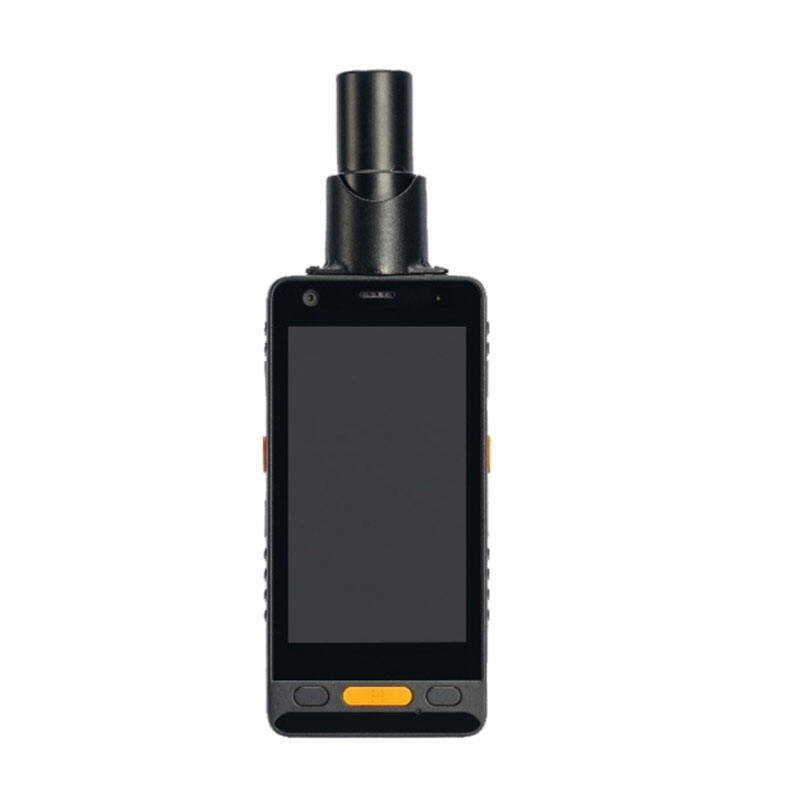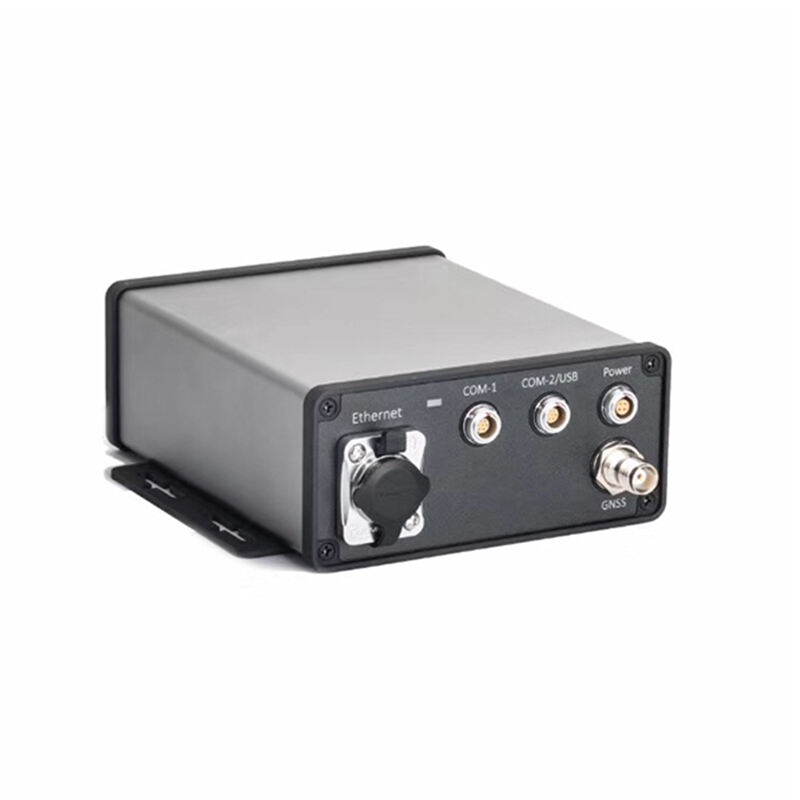handheld gnss
A handheld GNSS (Global Navigation Satellite System) device represents cutting-edge navigation technology in a compact, portable format. These sophisticated devices utilize multiple satellite constellations, including GPS, GLONASS, Galileo, and BeiDou, to provide precise positioning and navigation capabilities. Modern handheld GNSS units typically feature high-sensitivity receivers capable of maintaining satellite signals even in challenging environments such as urban canyons or dense forest canopies. They come equipped with full-color displays, intuitive user interfaces, and extensive mapping capabilities that support both pre-loaded and custom maps. Most models offer advanced tracking features, waypoint management, route planning, and real-time navigation assistance. The devices incorporate various sensors, including altimeters, electronic compasses, and accelerometers, enhancing their positioning accuracy and functionality. They often feature robust construction with water-resistant or waterproof housings, making them suitable for outdoor activities in various weather conditions. These units typically offer multiple connectivity options, including Bluetooth and Wi-Fi, enabling seamless data transfer and real-time updates. With storage capacities ranging from several gigabytes to expandable options via SD cards, they can store extensive mapping data and record detailed track logs for future reference.


